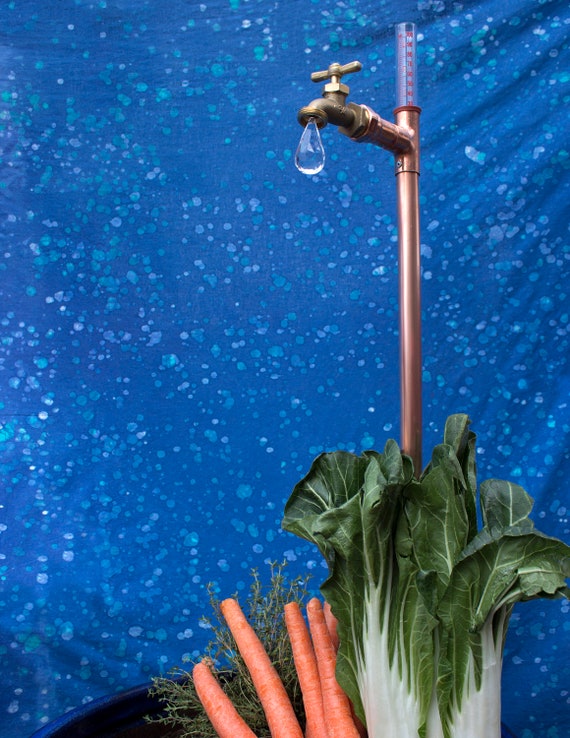The Rain Gauge: Equipping Areas with Exact Rain Data
The Rain Gauge: Equipping Areas with Exact Rain Data
Blog Article
DIY Rainfall Scale: Easy Actions to Make Your Own
Creating your very own Do it yourself rainfall scale is a simple and efficient method to tape and gauge rainfall. With simply a few typical materials and some standard steps, you can easily create your very own rainfall gauge at home. Let's get begun on making your DIY rainfall gauge today!
Gather Materials
To begin building your DIY rain gauge, gather all the needed materials utilizing a thorough listing of items. Having the best products handy will certainly make certain the successful creation of your rainfall gauge and permit precise measurements of rainfall. You will certainly need a clear plastic container or cyndrical tube, such as a plastic container or jar. Make sure the container is transparent to make sure that you can easily see the water degree inside. Next, you will require a leader or gauging tape to mark the increments on the container. This will certainly enable you to determine the amount of rainfall precisely. In addition, you will certainly require a permanent pen or waterproof tape to mark the measurements on the container. When revealed to rainfall, this will guarantee that the markings continue to be noticeable even. You will require a tough base or risk to safely hold your rain gauge in location. This can be a wooden or metal risk that can be put right into the ground or a strong flat surface to give stability. Collecting these products in advance will certainly enhance the building procedure and make sure that you have everything you need to develop your very own DIY rain scale.
Prepare the Container

Mark the Dimension Increments
To properly measure the quantity of rains, accurately noting the measurement increments on your DIY rainfall scale is vital. Without clear and specific markings, it would be challenging to establish the exact quantity of rainfall collected in your rain scale. Below are the steps to note the dimension increments on your rainfall scale.
The most common units for measuring rainfall are inches and millimeters. Once you have chosen the unit, use a long-term pen or water-proof paint to note the increments on the side of your rain gauge.
When marking the increments, it is vital to make certain that they are equally spaced and clearly noticeable. Use a leader or measuring tape to ensure precision and uniformity. Furthermore, ensure that the markings are resistant to fading or abrading, as direct exposure to the elements might trigger them to wear away over time.
Area the Rainfall Scale Outdoors
The rainfall gauge ought to be positioned outdoors to precisely gather rains information. The location chosen for the rainfall scale ought to be free and open from any obstructions that can potentially affect the dimension of rains. The Rain Gauge.
Furthermore, it is crucial to position the rainfall scale on a steady surface, such as a level ground or a sturdy article. This will prevent any kind of motion or tilting of the gauge, which could bring about unreliable measurements. It is likewise suggested to prevent putting the scale near any type of resources of fabricated water, such as lawn sprinklers or drainage systems, as this could conflict with the precision of the measurements.
Monitor and Record Rainfall Data
Regular surveillance and recording of rainfall data is essential for precise information evaluation and analysis. By maintaining track of rainfall dimensions, you can gain useful understandings right into weather condition patterns, environment fads, and water resource management. To properly keep track of and videotape rainfall information, it is essential to develop a routine and maintain regular techniques.
Firstly, make sure that your rain scale is placed in an open area away from challenges such as trees or structures that may block rainfall. Furthermore, ensure the rain gauge is degree and firmly anchored to avoid any movement that could impact the accuracy of the dimensions.

When tape-recording the rainfall data, it is important to note the date and time of each dimension. Use a leader or a determining adhere to identify the rains deepness in the rain scale, and document this details precisely.
To make sure the precision of the dimensions, it is recommended to clear the rainfall gauge after each recording. This will protect against any type of overflow or evaporation from influencing succeeding measurements.
Conclusion
In final thought, developing a DIY rainfall gauge is a practical and simple method to monitor and tape rainfall data (The Rain Gauge). By following the actions laid out in this post, you can quickly collect products, prepare the container, mark the measurement increments, and put the rainfall scale outdoors. Routinely monitoring and taping rainfall information can give important details for different functions
Having the ideal materials on hand will certainly ensure the hop over to here effective production of your rain scale and allow for accurate measurements of rainfall.To precisely determine the amount of rains, properly noting the dimension increments on your Do it yourself rain scale is essential.The rain gauge should be positioned outdoors to precisely accumulate rains information. The location chosen for the rainfall gauge must be open and totally free from any type of obstructions that might possibly impact the dimension of rainfall.In conclusion, developing a DIY rainfall scale is a useful and straightforward means to article monitor and record rainfall information.
Report this page